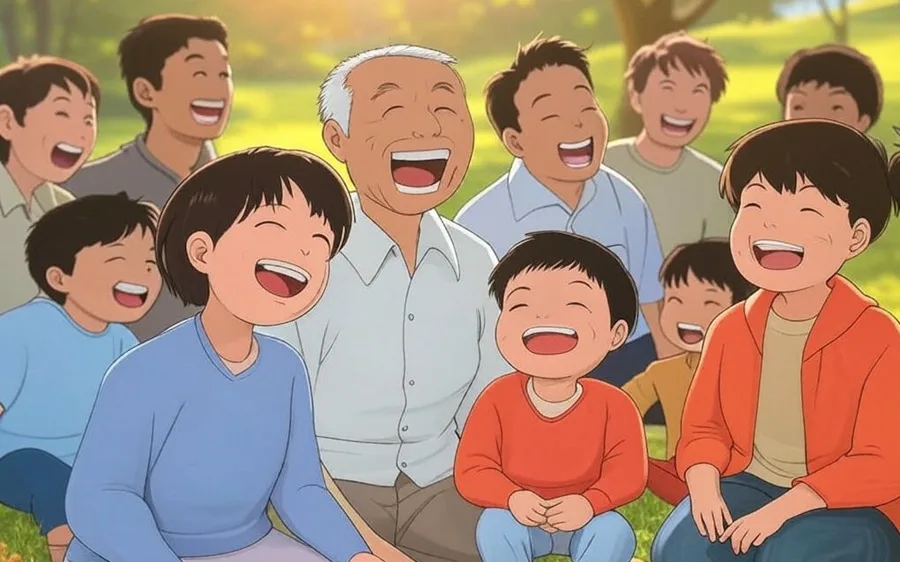The enchanting, hand-drawn aesthetic of Studio Ghibli films—think Spirited Away, My Neighbor Totoro, and Howl’s Moving Castle—has captivated audiences worldwide with its soft colors, whimsical characters, and dreamlike landscapes. Recently, this iconic style has found a new life through artificial intelligence, with tools like ChatGPT and Grok enabling users to transform photos or create original artwork in the Studio Ghibli Style.
But these aren’t the only options available. In this article, we’ll dive into how ChatGPT and Grok stack up as Ghibli-style AI image generators and will explore the best free ChatGPT and Grok Ghibli-Style AI Image Generators alternatives.
Also Read: How to Create Ghibli-Style Image with Grok
ChatGPT: The Ghibli Art Pioneer
OpenAI’s ChatGPT, powered by the GPT-4o model, has taken the internet by storm with its native image generation capabilities. Rolled out to all users—including free-tier ones—by April 2025, this feature lets anyone craft Studio Ghibli-inspired visuals with a simple text prompt.
Want a serene forest bathed in golden light or a wide-eyed character under a cherry blossom tree? Just type it in, and ChatGPT delivers. Its strength lies in its ability to blend detailed prompts with a vast knowledge base, producing images that capture Ghibli’s warm, pastel tones and magical atmosphere.
For example, a prompt like “A cozy village at twilight in Studio Ghibli style, with glowing lanterns and soft mist” can yield stunning results.
Free users are limited to a few generations per day due to high demand, but the quality, marked by intricate details and emotional resonance, makes it a standout. Paid tiers (Plus, Pro, Team) offer more flexibility and higher output, but the free version still packs a punch for casual creators.
Grok: The Free Contender
Developed by xAI, Grok (specifically Grok 3) emerged as a compelling alternative when ChatGPT’s image generation was initially locked behind a paywall. Accessible for free via the X platform, Grok can “Ghiblify” uploaded photos or generate new scenes from scratch.
Its Aurora model, updated in late 2024, excels at stylized art, though it’s less polished than ChatGPT in mimicking Ghibli’s nuanced textures and lighting.
A prompt like “A mystical forest with floating spirits in Ghibli style” might produce a charming result, but users often note it lacks the finesse of OpenAI’s offering.
Grok shines in its accessibility—no subscription needed—and its integration with X makes it a social media darling. However, its output can be hit-or-miss, sometimes struggling with the organic, hand-painted feel that defines Ghibli. Still, for a free tool, it’s a solid choice for quick, whimsical creations.
Best ChatGPT and Grok Ghibli-Style AI Image Generators Alternatives
The Ghibli AI art trend isn’t limited to these two tools. A variety of free tools offer similar magic, each with its own flavor. Here are some top ChatGPT and Grok Ghibli-Style AI Image Generators alternatives:
- Fotor: Known for its one-click Ghibli filter, Fotor transforms photos into soft, anime-style art with minimal effort. It’s perfect for beginners who want instant results without crafting prompts.
- Craiyon: Formerly DALL-E Mini, this web-based tool generates Ghibli-inspired images from basic text inputs. It’s simple and free, though the quality is rougher than ChatGPT or Grok.
- Leonardo.AI: A versatile platform with free tiers, Leonardo.AI excels at detailed, anime-style visuals. With prompts like “A Ghibli-style girl in a lush meadow,” it rivals premium tools in creativity.
- Stable Diffusion: This open-source gem lets users tweak models for Ghibli-like output. It requires more technical know-how but offers unmatched customization.
- Deep Dream Generator: Specializing in dreamlike, painterly images, this tool can approximate Ghibli’s ethereal vibe with the right settings.
- Artbreeder: Blend images and adjust styles to create Ghibli-esque art. Some features are paid, but the free version is robust for experimentation.
- Gemini: Google’s AI can generate cinematic visuals with Ghibli flair, though it’s less specialized than others. Precise prompts are key.
- MidJourney: Available via Discord, MidJourney offers free trials for high-resolution Ghibli-style art. It’s a favorite among artists for its polish.
These tools vary in ease of use and output quality, but they all share a common goal: bringing Ghibli’s magic to your fingertips without a subscription.
Also Read: What Are Ghibli Style Images and Why Are They Trending?
The rise of Ghibli-style AI image generators like ChatGPT and Grok, alongside their alternatives, showcases how technology can democratize creativity. Whether you’re a fan tweaking selfies or an artist crafting original scenes, these tools offer a playground for imagination.
However, they’re not without controversy—some argue they dilute Ghibli’s artisanal legacy, a sentiment echoed by Miyazaki himself, who once called AI art “an insult to life.”
But still, the trend continues, mixing nostalgia with innovation. ChatGPT takes the lead, Grok provides free access, and alternatives cover the gaps.
Beware of Potential Risks of Uploading Photos to AI Tools
- Data Storage & Retention – Some AI platforms may store uploaded images for model training or improvement. Always check the privacy policy.
- Third-Party Sharing – Some tools might share data with partners or advertisers. Ensure the platform explicitly states it does not sell or share your images.
- Deepfake & Misuse Risks – AI-generated images could be misused for deepfakes or identity theft if the platform lacks strict security measures.
- Copyright & Ownership – Some AI-generated content might not fully belong to you, depending on the tool’s terms of use.
Expert Opinions on AI Image Privacy
Cybersecurity experts advise reading the terms of service before uploading personal images. If a platform does not guarantee image deletion after processing, your photos could be stored indefinitely. Using watermarked or low-resolution images can also help mitigate risks.
How to Use Grok 3 Safely
- Check Grok’s privacy settings and opt out of data collection if possible.
- Avoid uploading sensitive or personal photos.
- Use public domain or non-personal images for AI-generated art.
- Regularly review AI platform updates on privacy policies.
